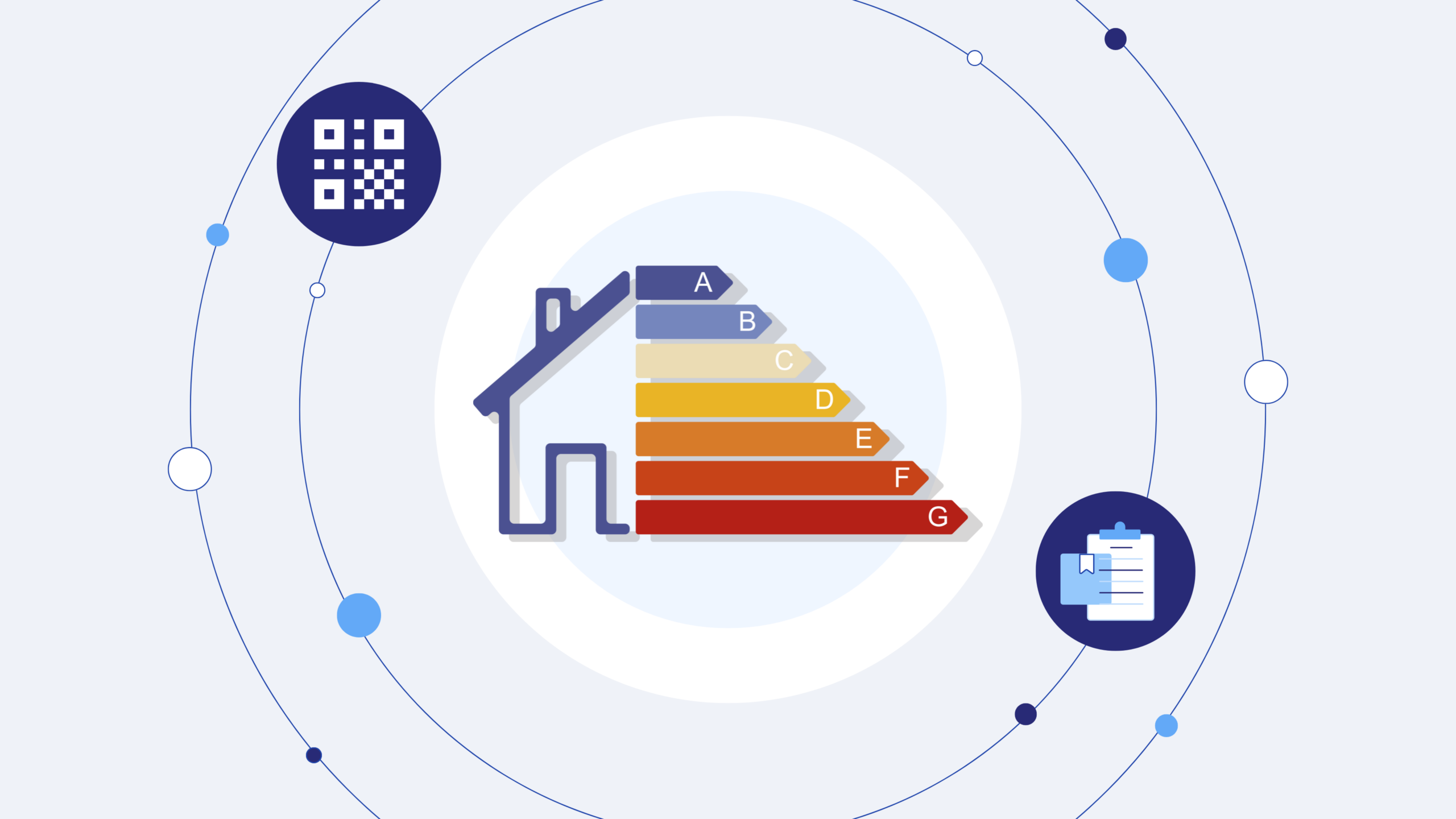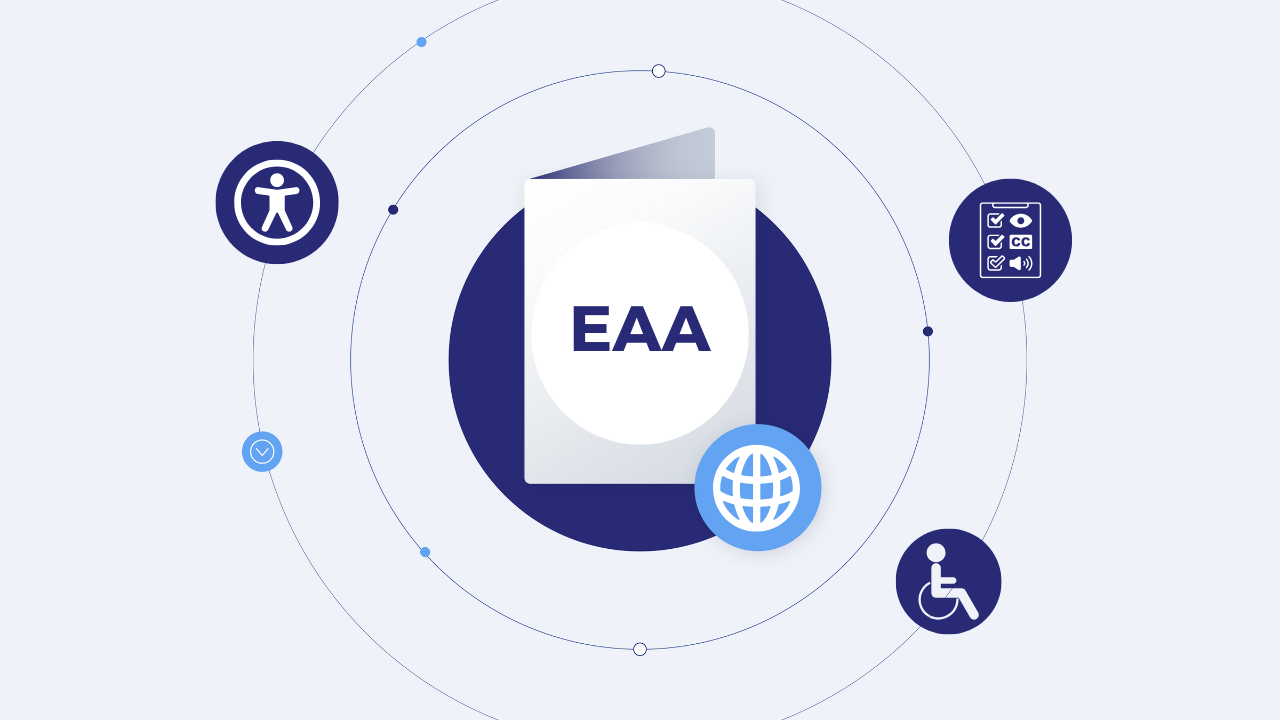At Icecat, we believe that good data is the backbone of sustainable progress. Over the past years, we’ve been steadily enriching our Open Product Database with sustainability-related product information. Today, we’re proud to share a major milestone: 12 million sustainability data elements are now live and available.
This growing dataset is more than just a number — it reflects our long-term commitment to supporting sustainability across global supply chains. While policy frameworks like the EU Green Deal, ESPR (Ecodesign for Sustainable Products Regulation), and upcoming initiatives such as the Digital Product Passport continue to evolve, we see one thing clearly: the demand for accessible, standardized sustainability data is here to stay.
A Healthy Start, with More to Come
Our current taxonomy already includes key environmental and circularity attributes, helping brands and retailers meet early sustainability demands and improve transparency for consumers. As new regulations roll out, we’re ready to adapt — and we’re actively following developments to ensure our taxonomy supports future requirements.
To give a snapshot of what’s already available, we’ve highlighted the Top 20 most-used sustainability data elements in the table below. Consequently, these elements reflect what brands are prioritizing and what users are searching for today.
| Label | How does it contribute | What it Stands For | Geographical Usage |
| Annual energy consumption | Quantifies yearly energy demand and efficiency. | Total energy used by product per year (in kWh). | EU and international eco-labels. |
| Blue Angel | Indicates environmentally friendly products with low impact over lifecycle. | Blauer Engel | Germany |
| CarbonNeutral | Indicates that a product, service, or company has reduced and offset its carbon emissions. | CarbonNeutral Certification by Climate Impact Partners | Global |
| Does not contain … | Prevents plastic pollution, hormone disputing, cancer-causing and toxic effects | Does not contain Mecury, Arcenic, Beryllium, PVC, BFR, Halogen, Lead, Bispenol A | Global |
| Energy efficiency | Helps consumers compare energy performance levels. | Energy rating (A to G) under EU energy labeling rules. | European Union. |
| ENERGY STAR | Identifies energy-efficient products that reduce greenhouse gas emissions. | ENERGY STAR | USA, Canada, Japan, Taiwan |
| EPEAT | Evaluates electronics on sustainability criteria such as recyclability and low energy use. | Electronic Product Environmental Assessment Tool | Global |
| ErP | ErP stands for Energy-related Products Directive | European Union regulation | European Union |
| European Product Registry for Energy Labelling (EPREL) code | Helps identify and access energy performance data. | Unique ID for EU energy label database entry. | European Union (mandatory for many product types). |
| Forest Stewardship Council (FSC) | Promotes responsible forest management and sustainable sourcing of wood and paper. | Forest Stewardship Council | Global |
| Made with recycled materials | Supports resource efficiency by using secondary materials. | The product is partially or fully made from recycled content. | Global, regulated in eco-labels and green claims. |
| OEKO-Tex | Tests textiles for harmful substances and promotes human-ecological safety in production. | OEKO-TEX Standard 100 and related textile certifications | Global |
| REACH | Regulates chemicals to protect human health and the environment. | Prevents plastic pollution, hormone-disrupting, cancer-causing, and toxic effects | European Union |
| Repairability index | Encourages repairable product design, reduces waste, supports circularity. | A score (0–10) showing how easy a product is to repair. | France (since 2021), expanding across the EU. |
| RoHS | Reduces hazardous substances in electronics, improving environmental safety. | Restriction of Hazardous Substances | European Union, globally recognized |
| TCO | Ensures IT products meet environmental and social responsibility standards. | Tjänstemännens Centralorganisation (Swedish Confederation of Professional Employees) | Global |
| Total amount of recyclable materials | Measures the total climate impact of a product over its lifecycle. | Amount of product (by weight) that can be recycled. | Global, part of eco-design and reporting. |
| Total carbon footprint (kg of CO2e) | Measures total climate impact of a product over its lifecycle. | Total greenhouse gas emissions expressed in kg CO2e. | Global, often in LCAs and carbon declarations. |
| WEEE | Promotes proper recycling and recovery of electronic waste. | Waste Electrical and Electronic Equipment Directive | European Union |
Our Commitment to Sustainability
Additionally, this milestone is just one part of our broader commitment. We’re continuing to:
- Monitor EU regulatory developments closely
- Support industry-wide initiatives that promote sustainable product information
- Evolve our taxonomy in line with upcoming standards
We invite everyone — from manufacturers and retailers to solution providers and policymakers — to explore our Open Database and collaborate with us as the sustainability landscape matures.
Furthermore, want to know more about what’s in our sustainability dataset or how it can support your goals? Reach out to us at marketing@icecat.com. We’re always happy to talk.




